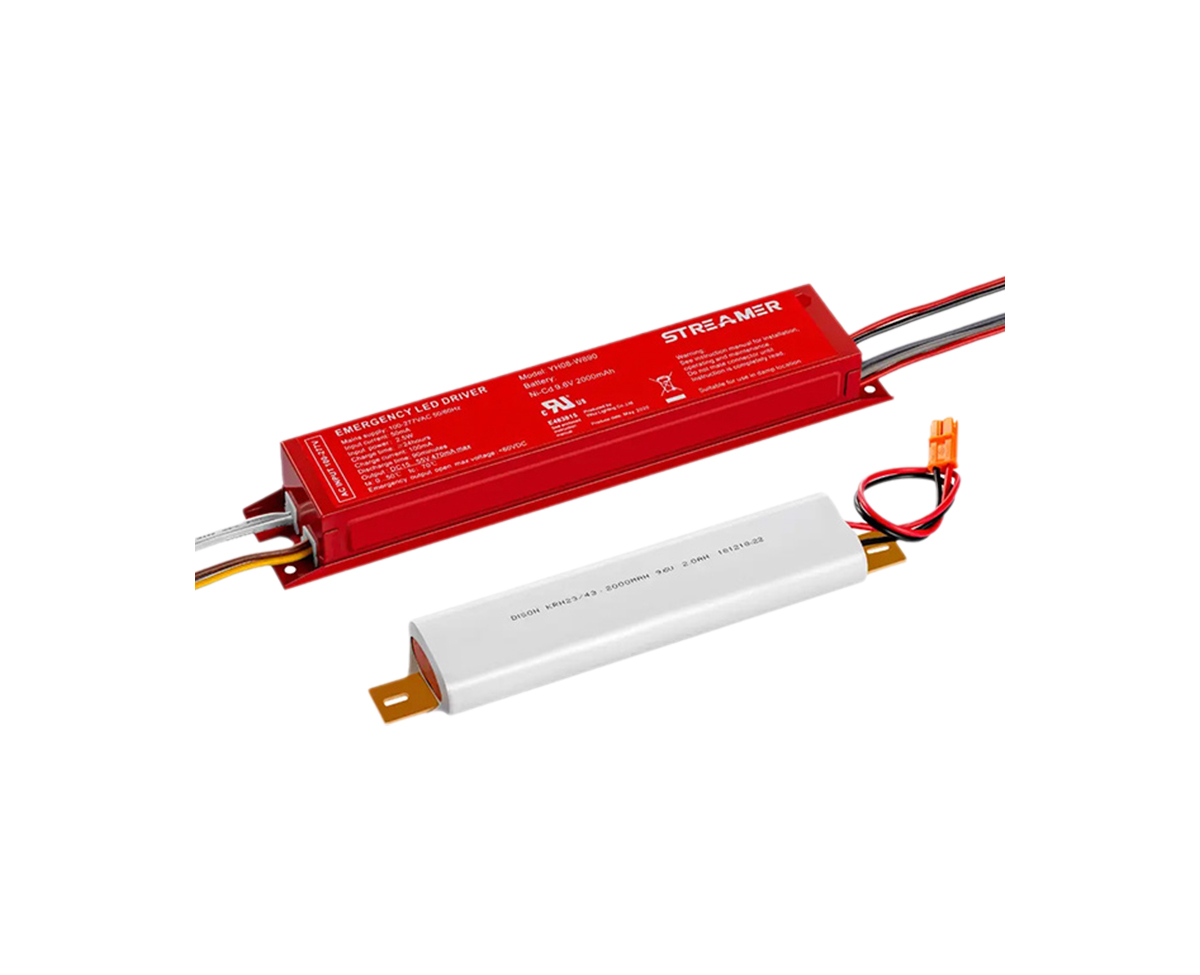 1
1
 Mar 03, 2025
Mar 03, 2025

The seamless co - operation between Streamer BBU and Remote Radio Unit (RRU) is fundamental for the efficient operation of a wireless communication system.
Signal Transmission and Processing
The BBU is responsible for baseband processing, which includes functions such as encoding, modulation, and error - correction of the data to be transmitted. Once the baseband processing is complete, the BBU sends the processed signals to the RRU via a high - speed interface, typically a CPRI (Common Public Radio Interface) link. The RRU then converts these baseband signals into radio - frequency (RF) signals and transmits them to the user equipment (UE) through the antenna. In the receiving direction, the RRU receives the RF signals from the UE, converts them back into baseband signals, and sends them to the BBU for further processing, such as decoding and demodulation. This coordinated signal transmission and processing between the BBU and RRU ensure that the data can be accurately transmitted and received over the wireless channel.
Synchronization and Timing
Synchronization is crucial for the co - operation of BBU and RRU. The BBU and RRU need to be synchronized in terms of time and frequency. Time synchronization ensures that the transmission and reception of signals occur at the correct moments. For example, in a time - division duplex (TDD) system, the BBU and RRU must be precisely synchronized to distinguish between the uplink and downlink time slots. Frequency synchronization is also important to ensure that the RF signals transmitted by the RRU are at the correct frequency. The BBU typically provides the timing and frequency references to the RRU. This can be achieved through a dedicated synchronization link or by embedding synchronization information in the data transmitted between the BBU and RRU. Accurate synchronization helps to improve the communication quality and reduce interference.
Resource Allocation and Management
The BBU and RRU also co - operate in resource allocation and management. The BBU, with its global view of the network, can allocate radio resources, such as time slots, frequency bands, and power, to different users. It takes into account factors such as the number of users, their data requirements, and the signal quality in different areas. The RRU then implements these resource allocation decisions at the local level. For example, the BBU may allocate a certain frequency band and power level to a specific user in a particular cell. The RRU adjusts its transmission parameters accordingly to serve that user. This coordinated resource allocation and management between the BBU and RRU optimize the use of limited radio resources and improve the overall system performance.